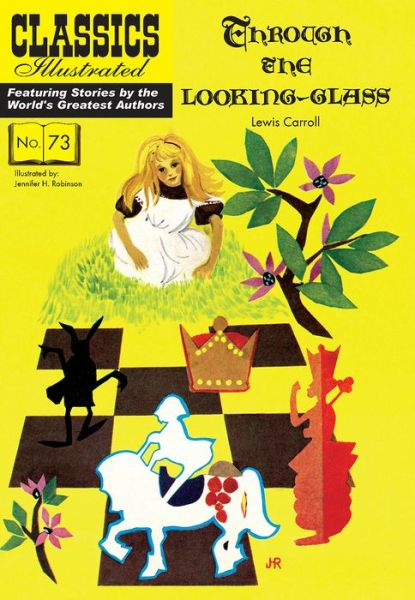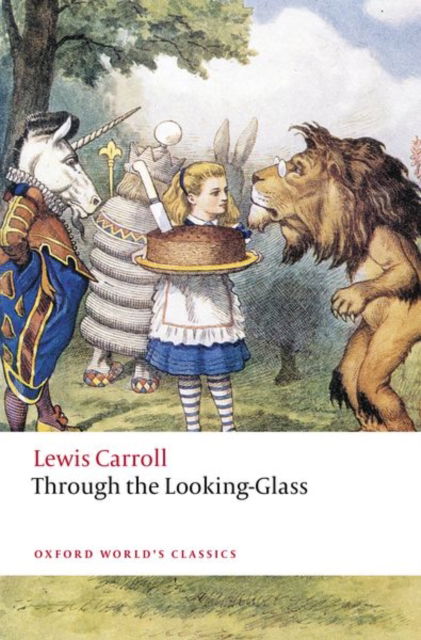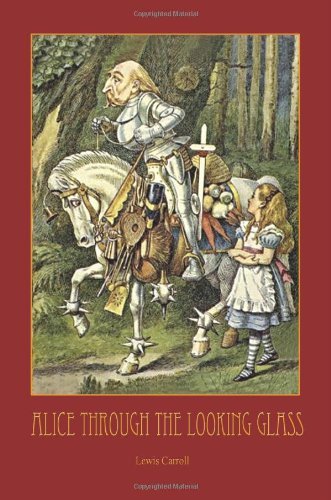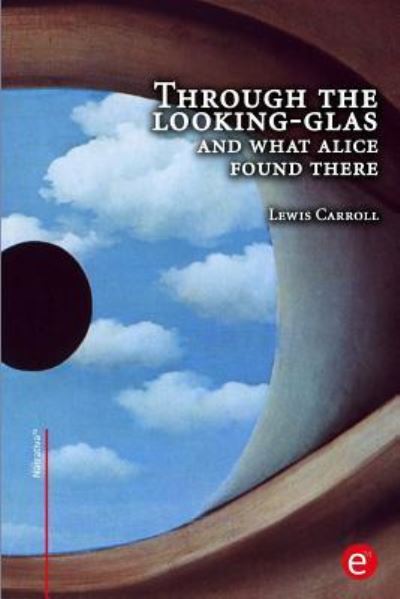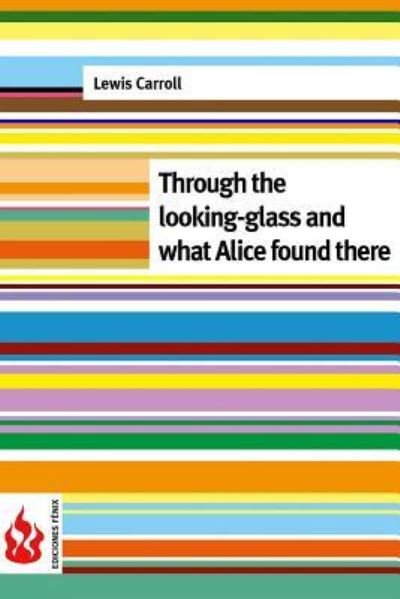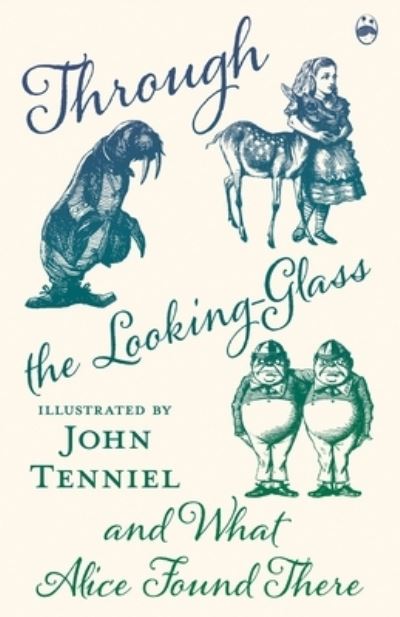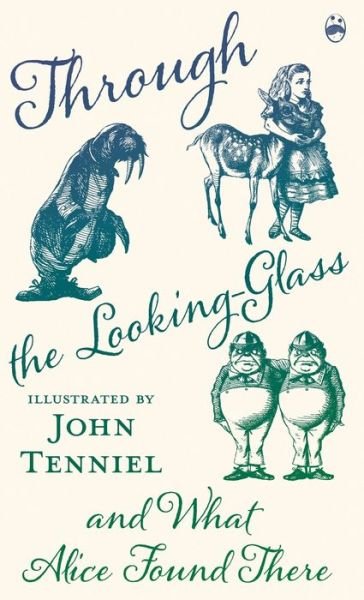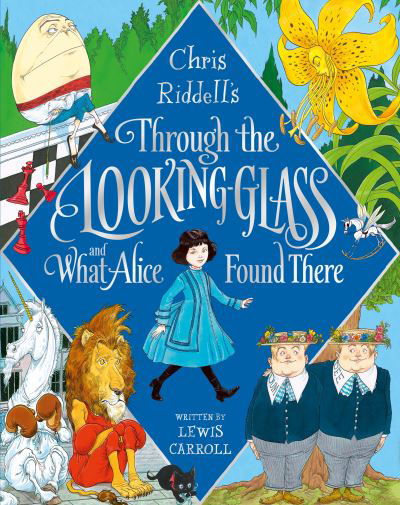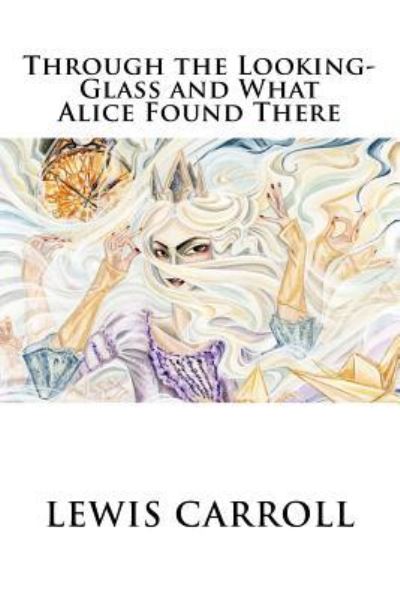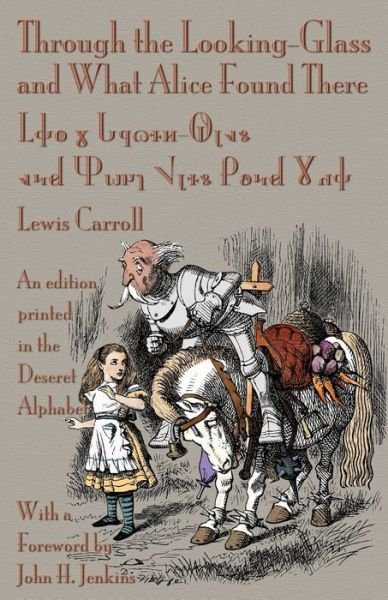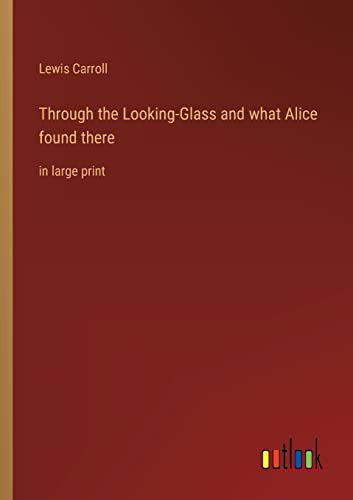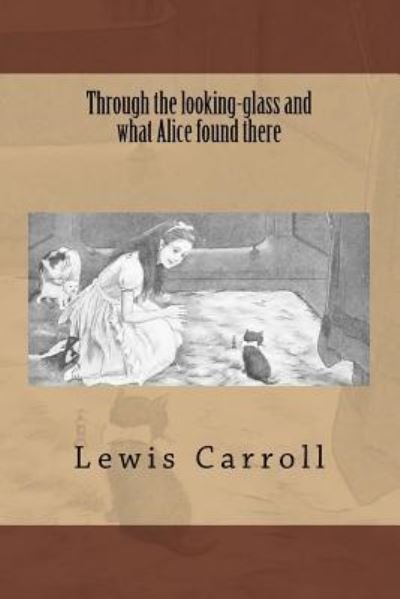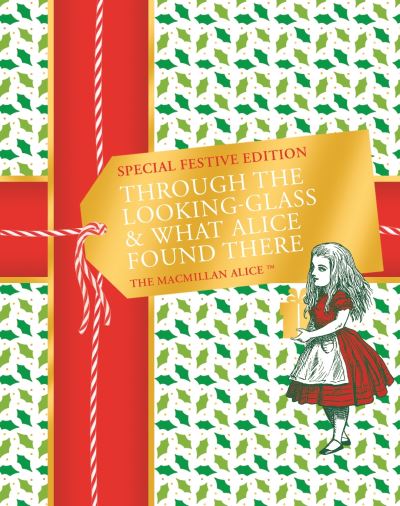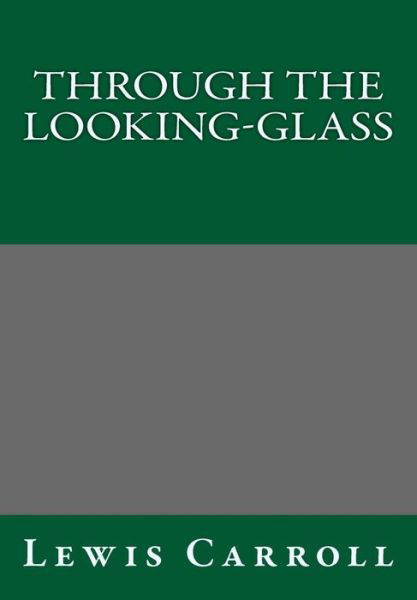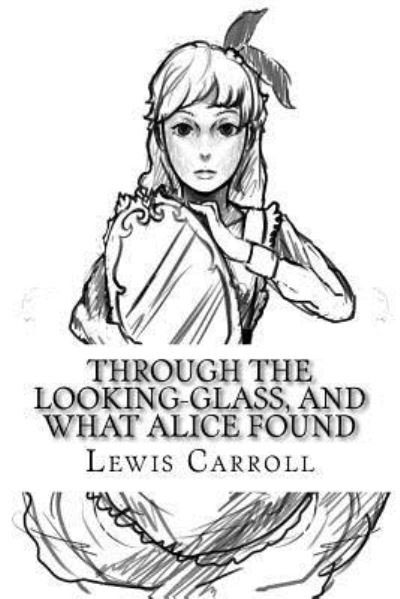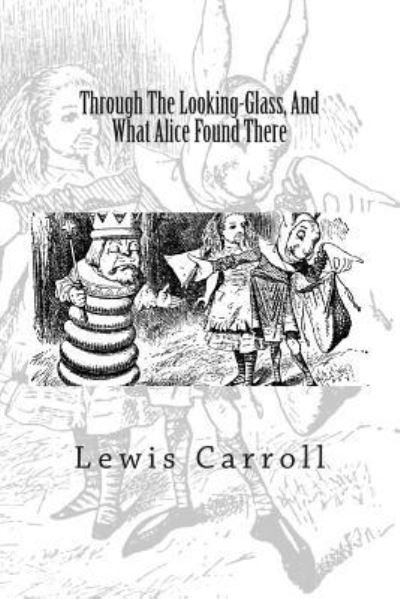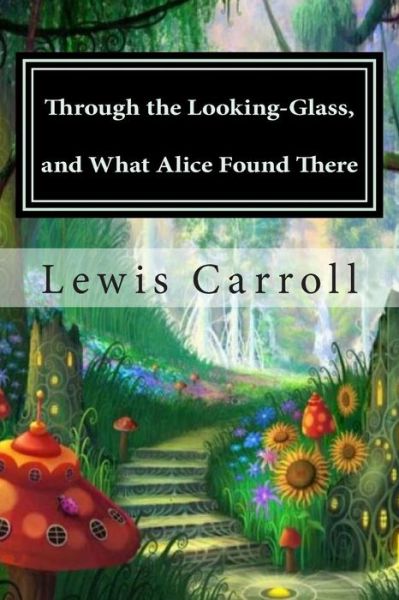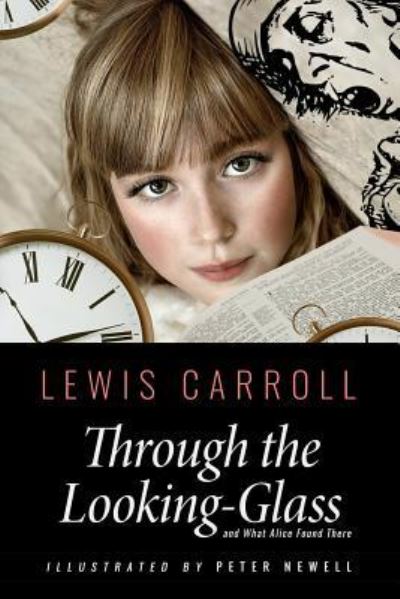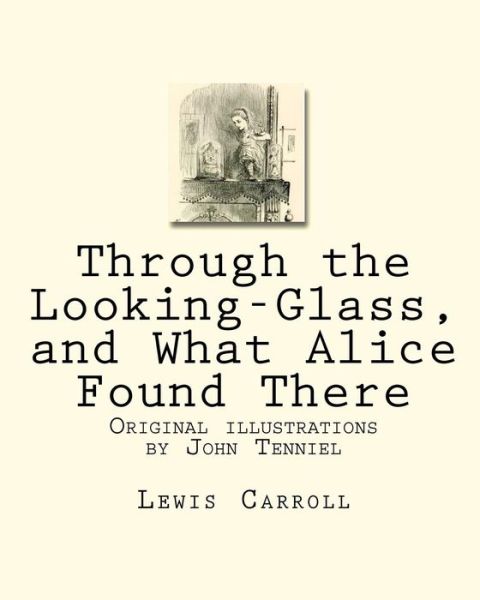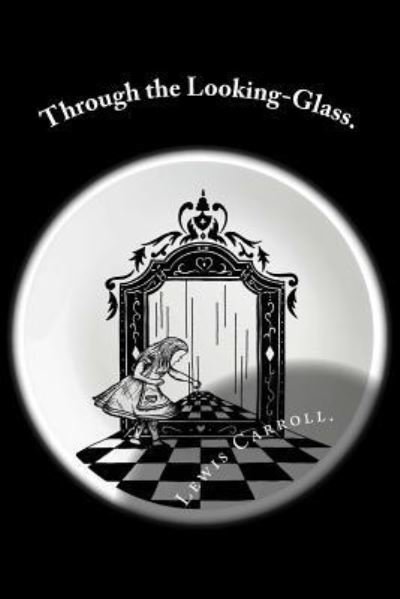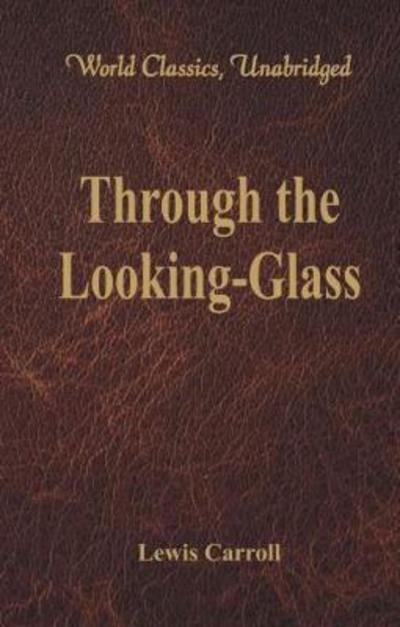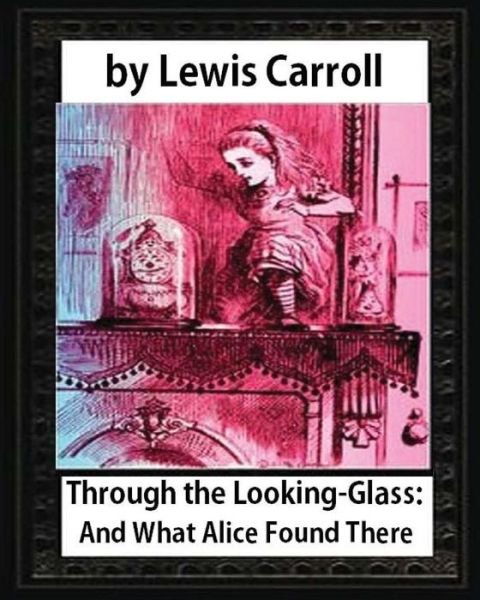
Fortæl dine venner om denne vare:
Through the Looking-Glass
Lewis Carroll
Bestilles fra fjernlager
Findes også som:
-
Paperback BogMain Market Ed. edition(2015) DKK 80
- Paperback Bog (2017) DKK 118
- Paperback Bog (2018) DKK 118
- Bog (2023) DKK 121
- Paperback Bog (2015) DKK 125
- Paperback Bog (2016) DKK 126
- Paperback Bog (2015) DKK 126
- Paperback Bog (2016) DKK 126
- Paperback Bog (2014) DKK 126
- Paperback Bog (2017) DKK 126
- Paperback Bog (2016) DKK 126
- Paperback Bog (2016) DKK 128
- Paperback Bog (2017) DKK 129
- Paperback Bog (2018) DKK 132
- Paperback Bog (2016) DKK 132
- Bog (2023) DKK 133
- Paperback Bog (2017) DKK 133
- Paperback Bog (2015) DKK 133
- Paperback Bog (2016) DKK 133
- Paperback Bog (2016) DKK 133
- Paperback Bog (2013) DKK 141
- Paperback Bog (2016) DKK 141
- Paperback Bog (2017) DKK 142
- Paperback Bog (2015) DKK 143
- Paperback Bog (2015) DKK 143
Through the Looking-Glass
Lewis Carroll
Through the Looking-Glass, and What Alice Found There (1871) is a novel by Lewis Carroll (Charles Lutwidge Dodgson), the sequel to Alice's Adventures in Wonderland (1865). Set some six months later than the earlier book, Alice again enters a fantastical world, this time by climbing through a mirror into the world that she can see beyond it. Through the Looking-Glass includes such celebrated verses as "Jabberwocky" and "The Walrus and the Carpenter," and the episode involving Tweedledum and Tweedledee. The mirror which inspired Carroll remains displayed in Charlton Kings. Chapter One - Looking-Glass House: Alice is playing with a white kitten (whom she calls "Snowdrop") and a black kitten (whom she calls "Kitty")-the offspring of Dinah, Alice's cat in Alice's Adventures in Wonderland-when she ponders what the world is like on the other side of a mirror's reflection. Climbing up on the fireplace mantel, she pokes at the wall-hung mirror behind the fireplace and discovers, to her surprise, that she is able to step through it to an alternative world. In this reflected version of her own house, she finds a book with looking-glass poetry, "Jabberwocky," whose reversed printing she can read only by holding it up to the mirror. She also observes that the chess pieces have come to life, though they remain small enough for her to pick up. Chapter Two - The Garden of Live Flowers: Upon leaving the house (where it had been a cold, snowy night), she enters a sunny spring garden where the flowers have the power of human speech; they perceive Alice as being a "flower that can move about." Elsewhere in the garden, Alice meets the Red Queen, who is now human-sized, and who impresses Alice with her ability to run at breathtaking speeds. This is a reference to the chess rule that queens are able to move any number of vacant squares at once, in any direction, which makes them the most "agile" of pieces. Chapter Three - Looking-Glass Insects: The Red Queen reveals to Alice that the entire countryside is laid out in squares, like a gigantic chessboard, and offers to make Alice a queen if she can move all the way to the eighth rank/row in a chess match. This is a reference to the chess rule of Promotion. Alice is placed in the second rank as one of the White Queen's pawns, and begins her journey across the chessboard by boarding a train that literally jumps over the third row and directly into the fourth rank, thus acting on the rule that pawns can advance two spaces on their first move..... Sir John Tenniel (28 February 1820 - 25 February 1914) was an English illustrator, graphic humourist, and political cartoonist whose work was prominent during the second half of the 19th century. Tenniel is considered important to the study of that period's social, literary, and art histories. Tenniel was knighted by Victoria for his artistic achievements in 1893. Tenniel is most noted for two major accomplishments: he was the principal political cartoonist for Britain's Punch magazine for more than 50 years, and he was the artist who illustrated Lewis Carroll's Alice's Adventures in Wonderland (1865) and Through the Looking-Glass, and What Alice Found There (1871).
| Medie | Bøger Paperback Bog (Bog med blødt omslag og limet ryg) |
| Udgivet | 10. maj 2016 |
| ISBN13 | 9781533175267 |
| Forlag | Createspace Independent Publishing Platf |
| Antal sider | 82 |
| Mål | 203 × 254 × 4 mm · 181 g |
| Sprog | Engelsk |
Mere med Lewis Carroll
Andre har også købt
Andet i samme serie
Se alt med Lewis Carroll ( f.eks. Paperback Bog , Hardcover bog , Bog , CD og Indbundet Bog )


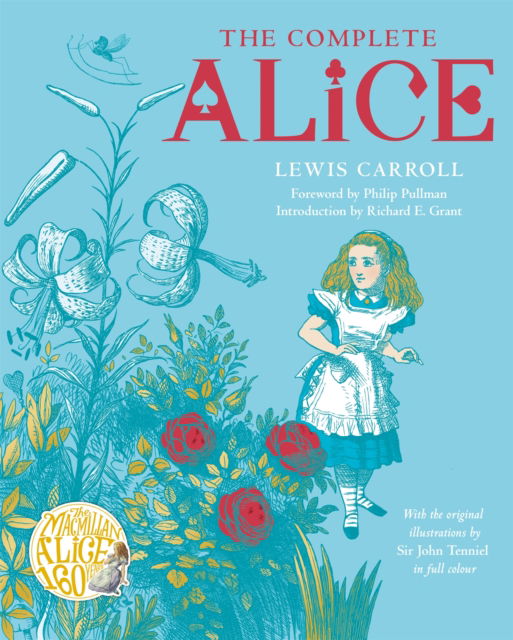
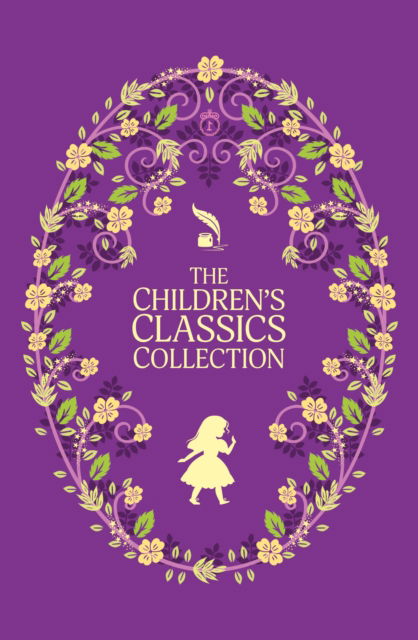
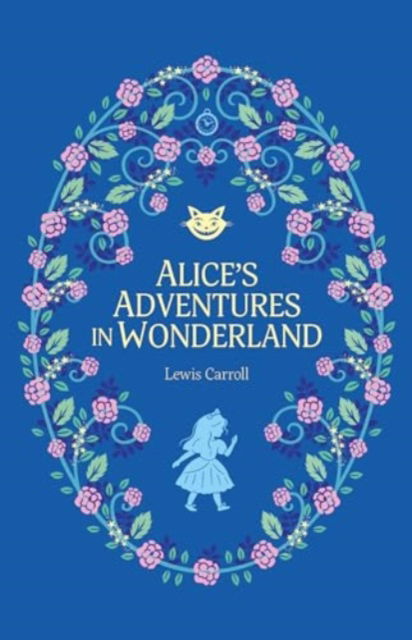
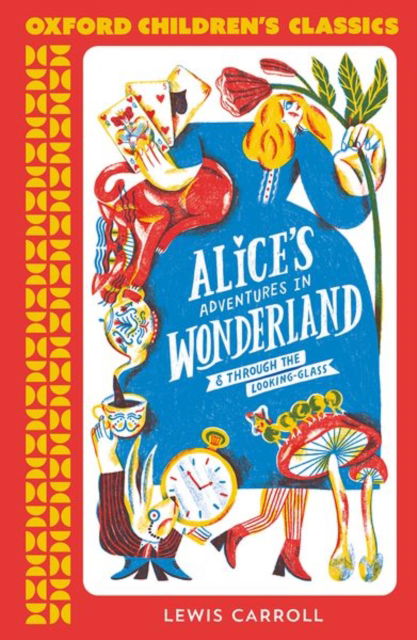
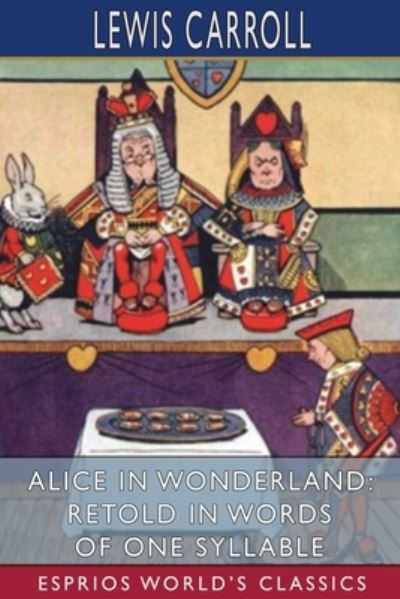

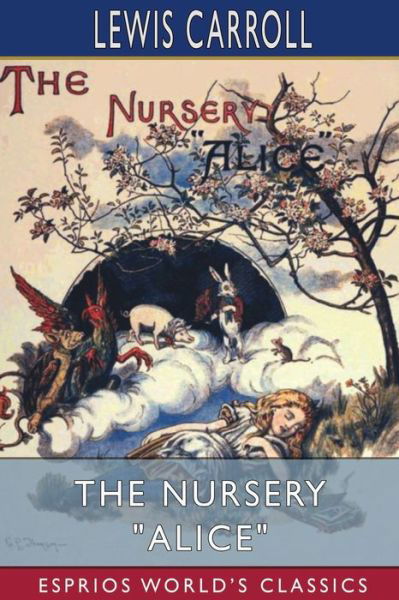
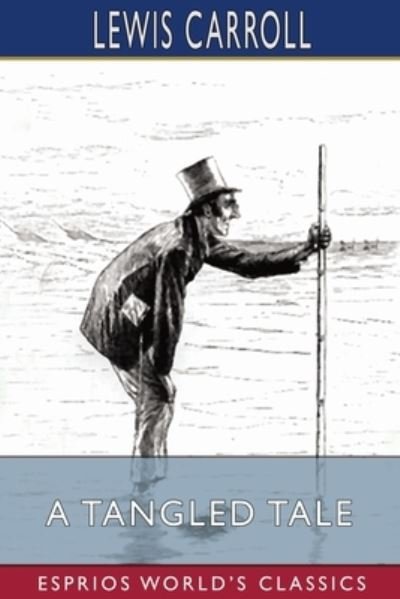

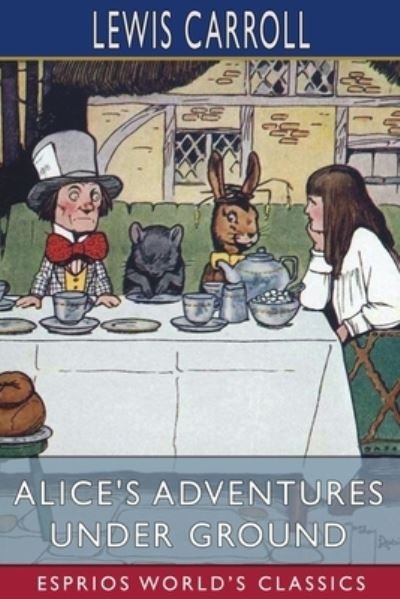
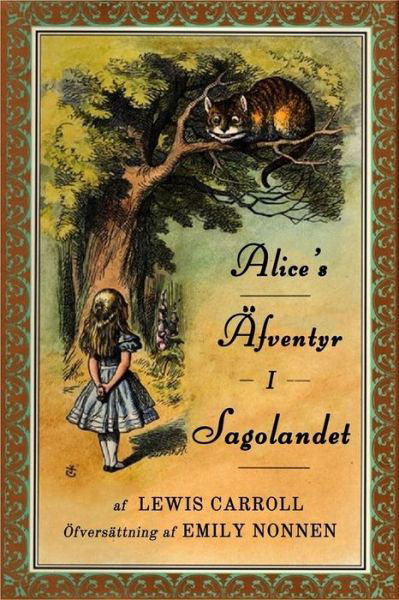
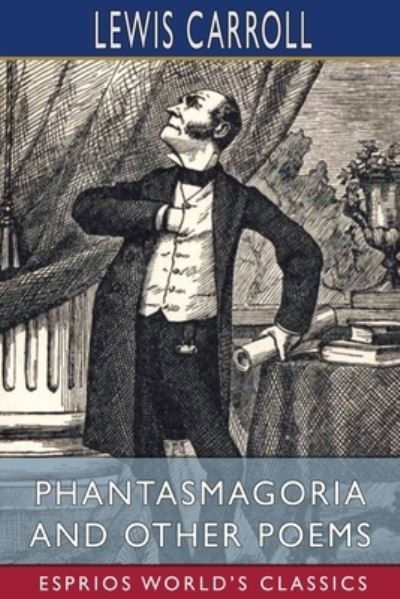
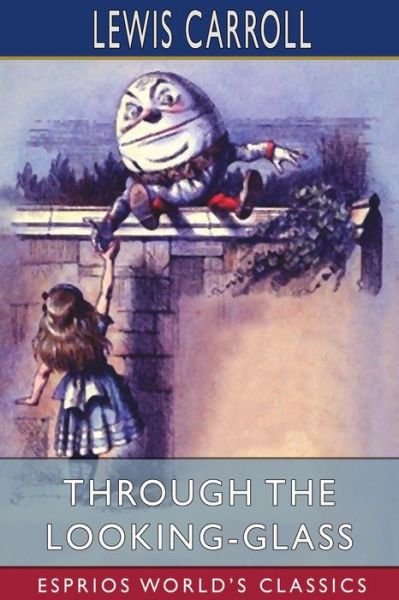
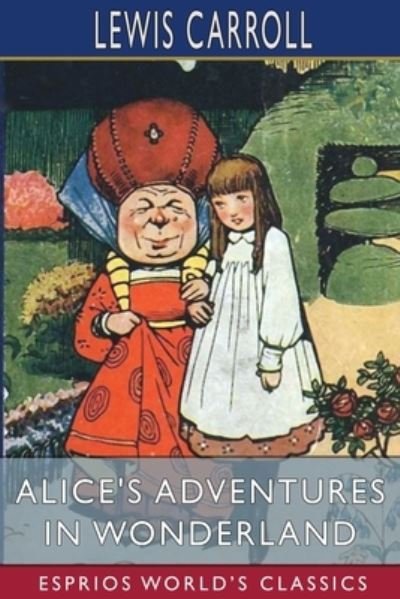

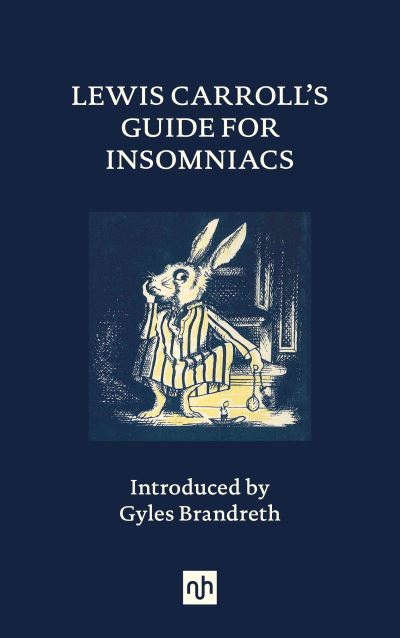
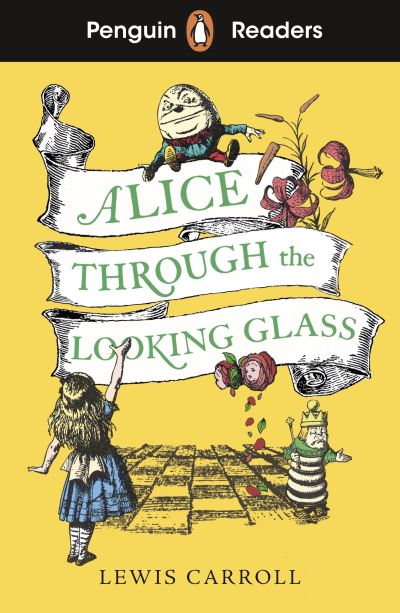
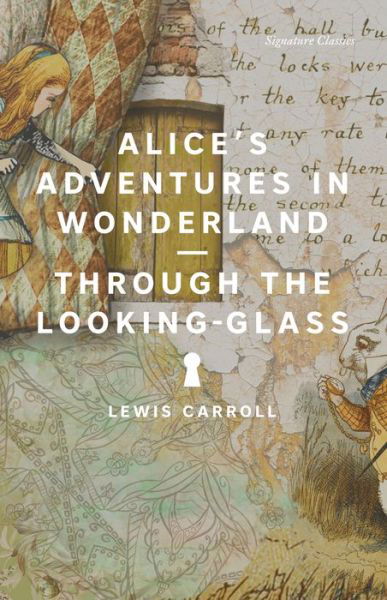

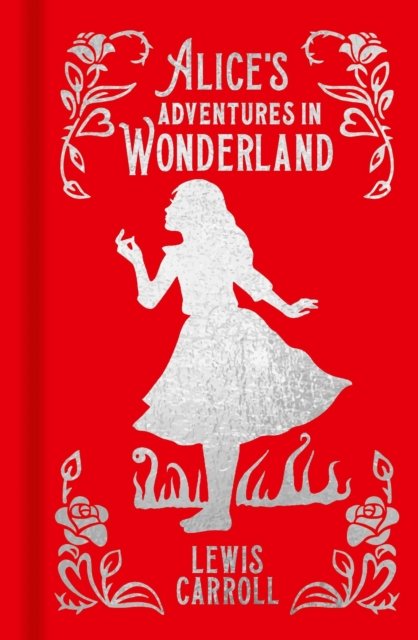
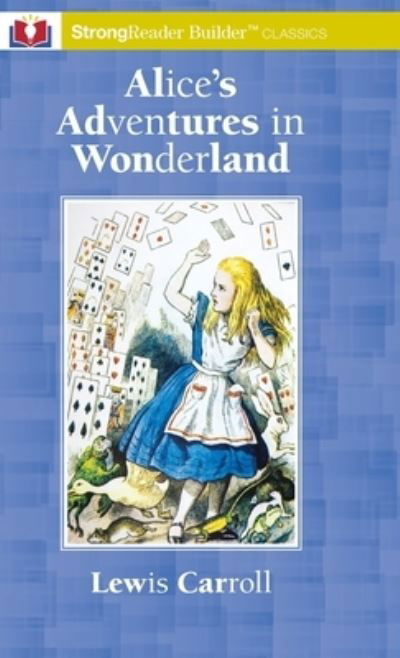
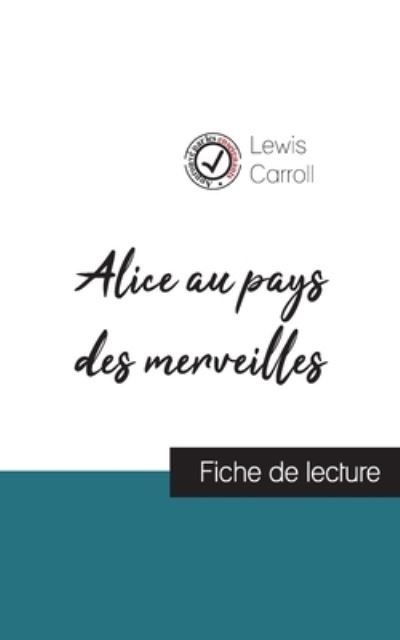
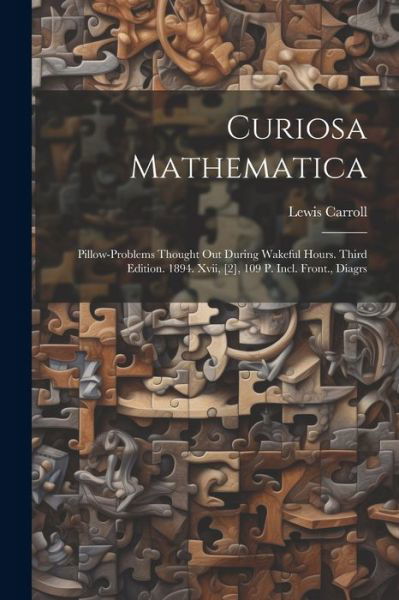
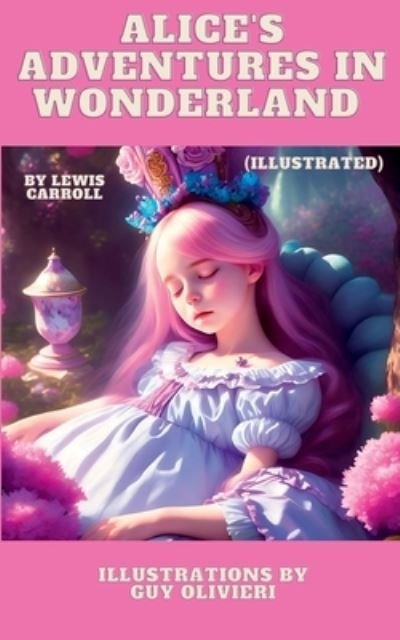
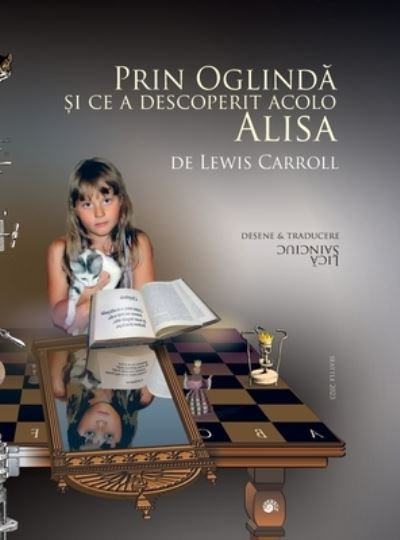
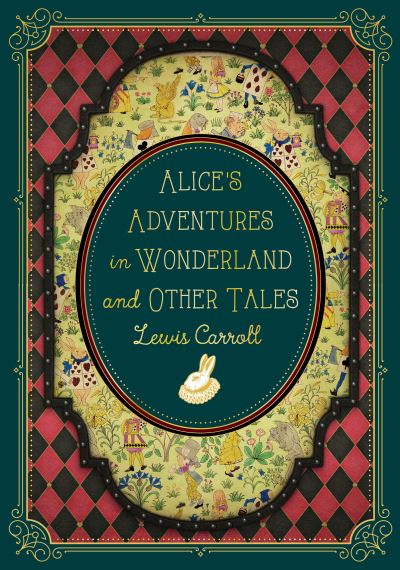

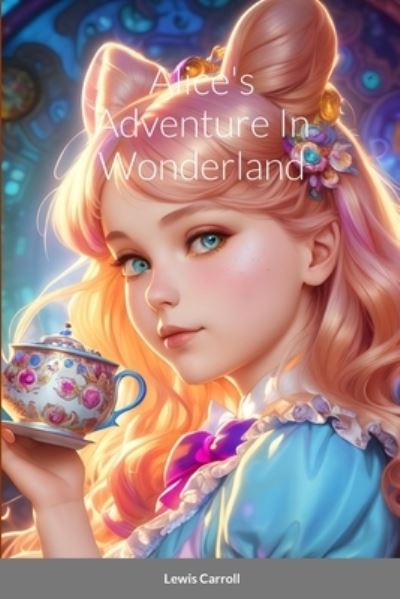
![Cover for Kasper Hoff; Jan Solheim · Drengen, der fik ting i hovedet: Drengen, der fik ting i hovedet 1 (Indbundet Bog) [1. udgave] (2017)](https://imusic.b-cdn.net/images/item/original/851/9788702229851.jpg?kasper-hoff-jan-solheim-2017-drengen-der-fik-ting-i-hovedet-drengen-der-fik-ting-i-hovedet-1-indbundet-bog&class=scaled&v=1507972014)
![Cover for Lakserytteren · Legender fra Odysïa: Griskernes hemmelighed (Indbundet Bog) [1. udgave] (2020)](https://imusic.b-cdn.net/images/item/original/099/9788771270099.jpg?lakserytteren-2020-legender-fra-odysia-griskernes-hemmelighed-indbundet-bog&class=scaled&v=1573235554)
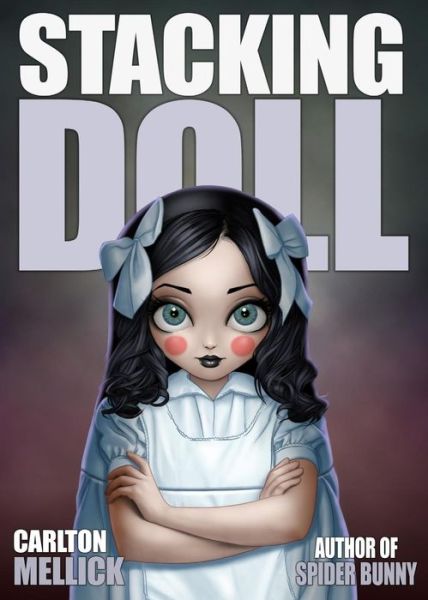
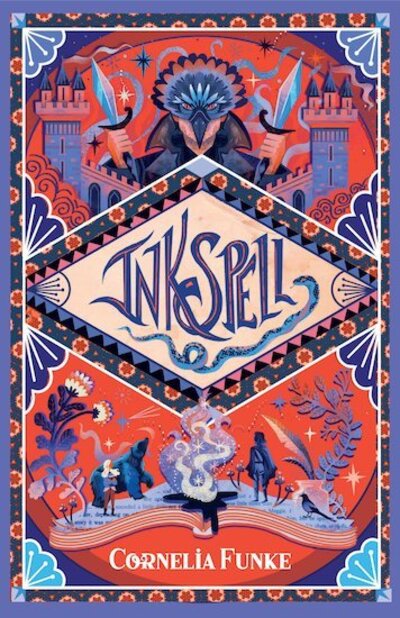

![Cover for Tove Jansson · Mumitrolden: Mumitrolden - De tre første romaner (Hardcover bog) [1. udgave] [Indbundet] (2008)](https://imusic.b-cdn.net/images/item/original/218/9788762655218.jpg?tove-jansson-2008-mumitrolden-mumitrolden-de-tre-foerste-romaner-hardcover-bog&class=scaled&v=1329087612)
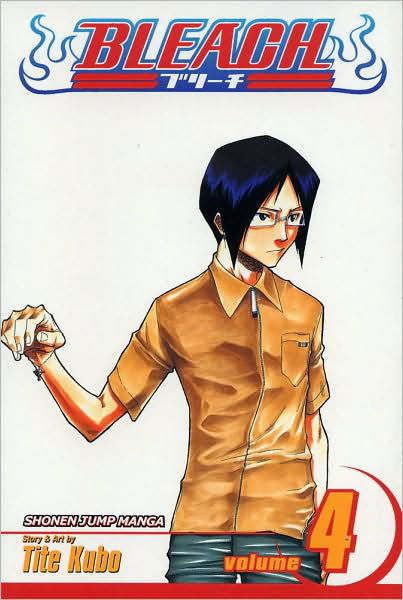
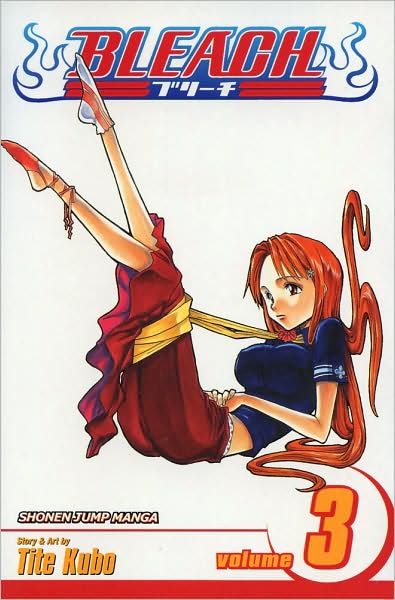
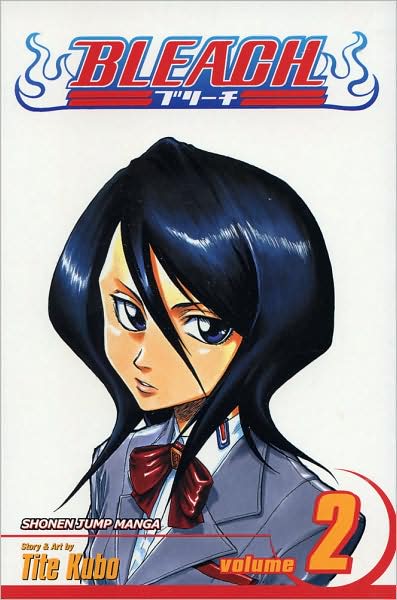
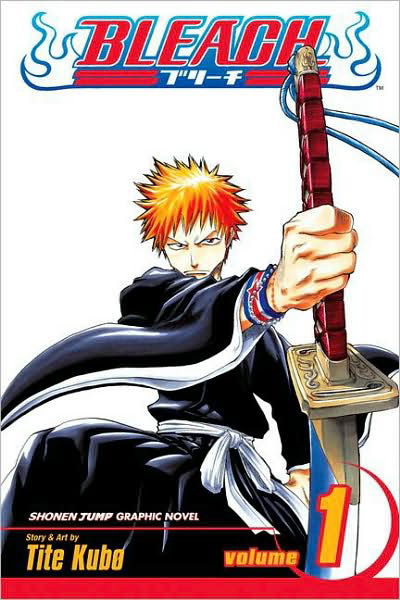
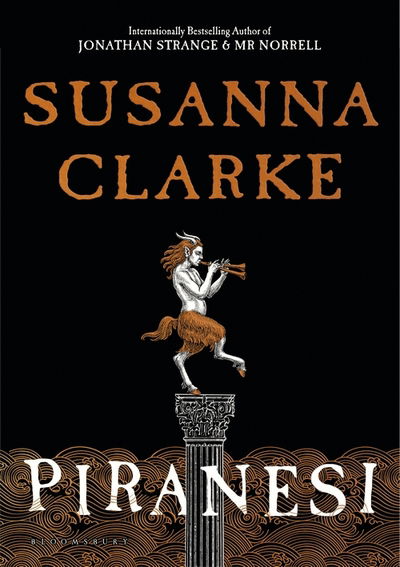
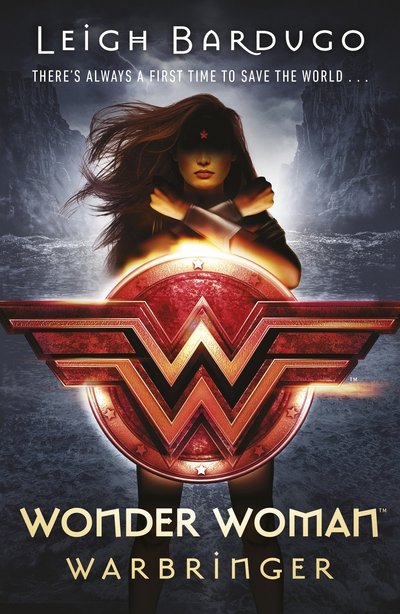


![Cover for J. M Barrie · Peter Pan (MinaLima Edition) (lllustrated with Interactive Elements) (Hardcover bog) [Minalima edition] (2015)](https://imusic.b-cdn.net/images/item/original/223/9780062362223.jpg?j-m-barrie-2015-peter-pan-minalima-edition-lllustrated-with-interactive-elements-hardcover-bog&class=scaled&v=1435253491)
![Cover for Lewis Carroll · Through the Looking-Glass (Deluxe Library Edition) (Illustrated) (Hardcover bog) [Deluxe Library edition] (2020)](https://imusic.b-cdn.net/images/item/original/943/9781774379943.jpg?lewis-carroll-2020-through-the-looking-glass-deluxe-library-edition-illustrated-hardcover-bog&class=scaled&v=1638099801)
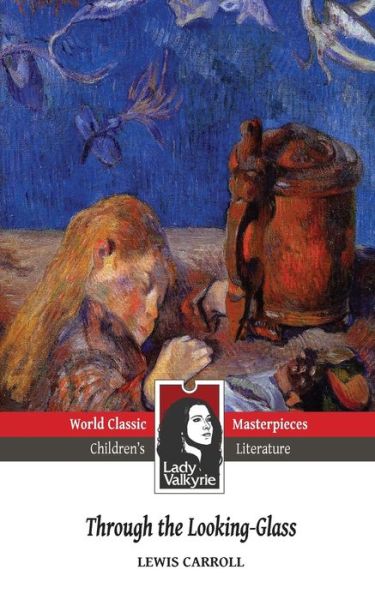
![Cover for Lewis Carroll · Through the Looking-Glass (Royal Collector's Edition) (Illustrated) (Case Laminate Hardcover with Jacket) (Hardcover bog) [Royal Collector's edition] (2021)](https://imusic.b-cdn.net/images/item/original/465/9781774761465.jpg?lewis-carroll-2021-through-the-looking-glass-royal-collector-s-edition-illustrated-case-laminate-hardcover-with-jacket-hardcover-bog&class=scaled&v=1641820738)
